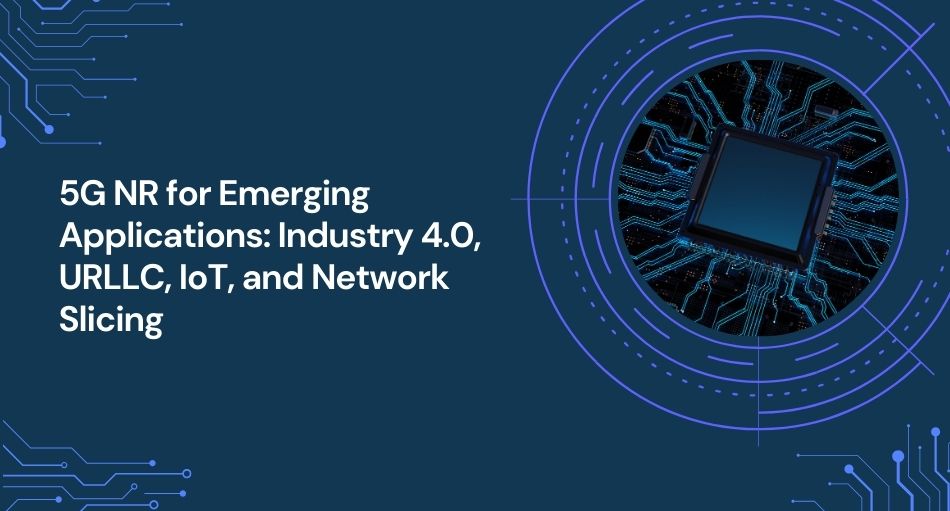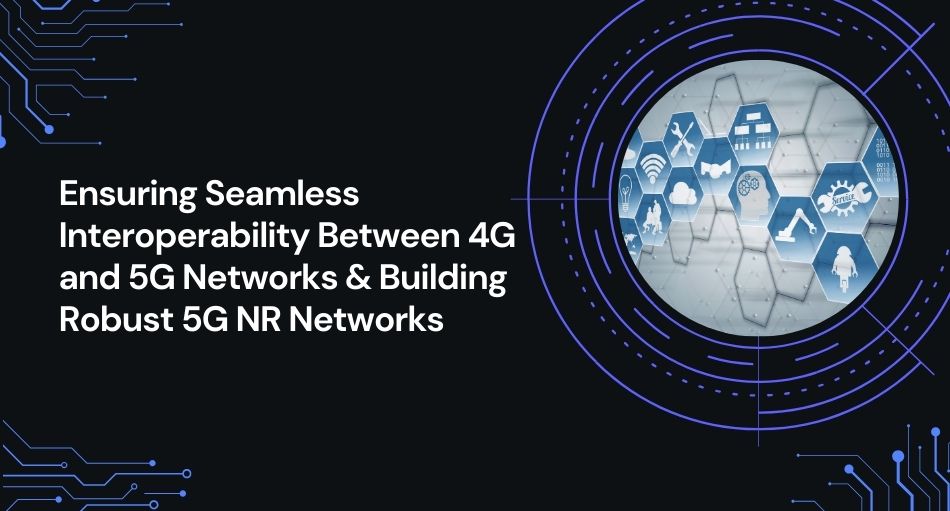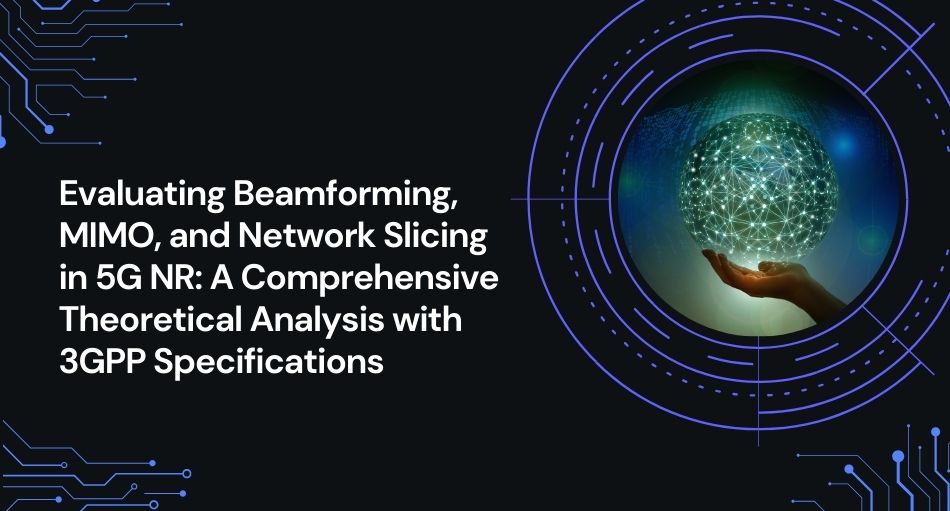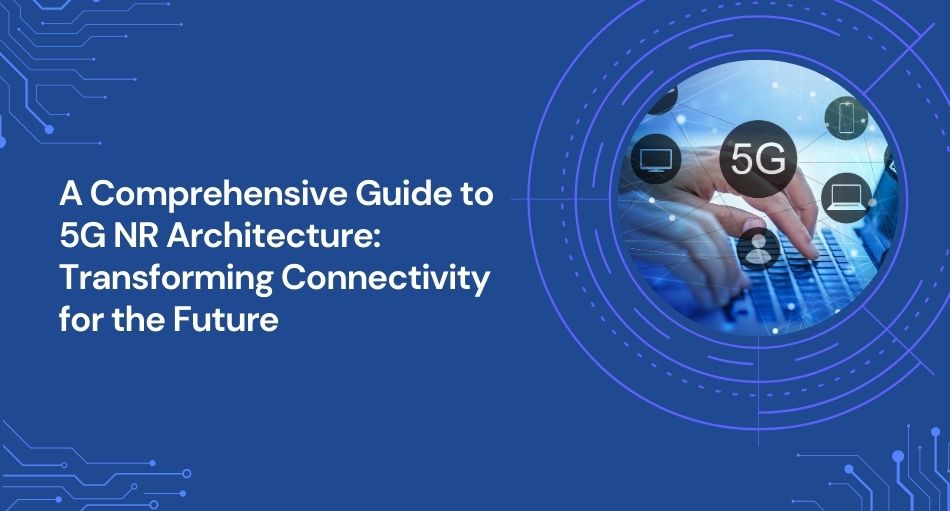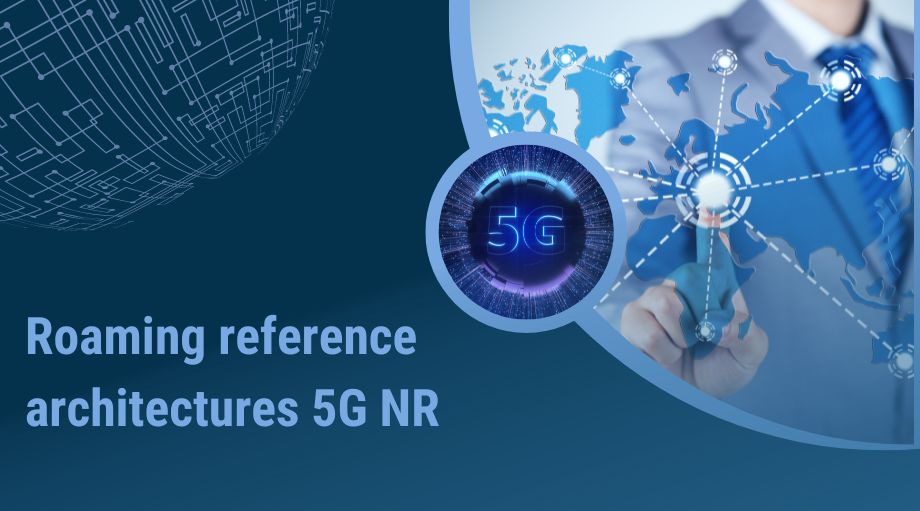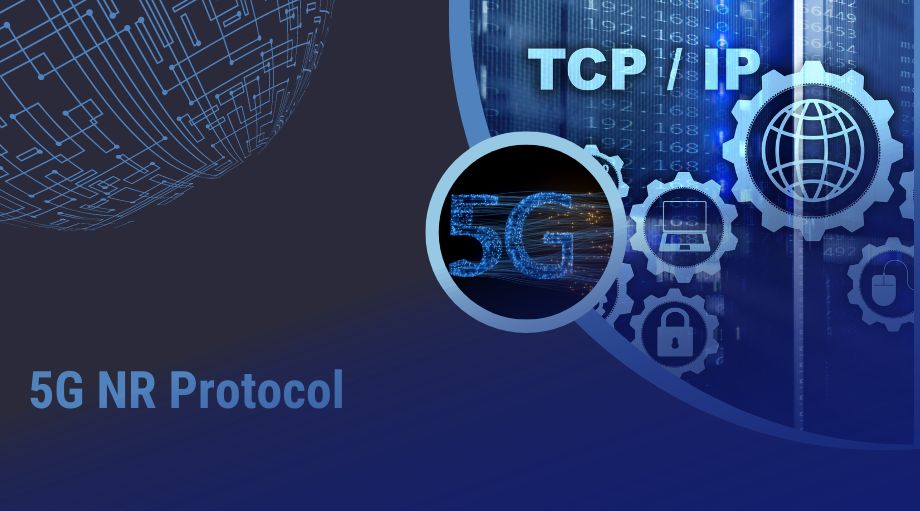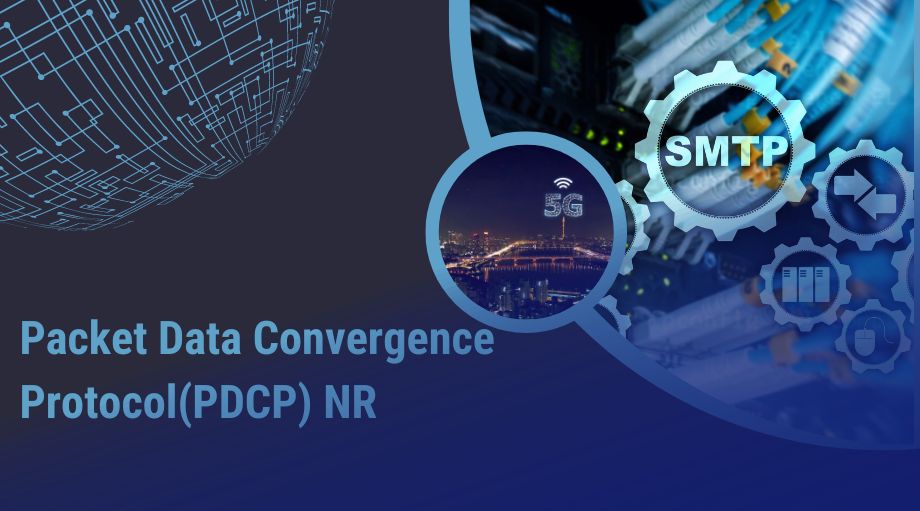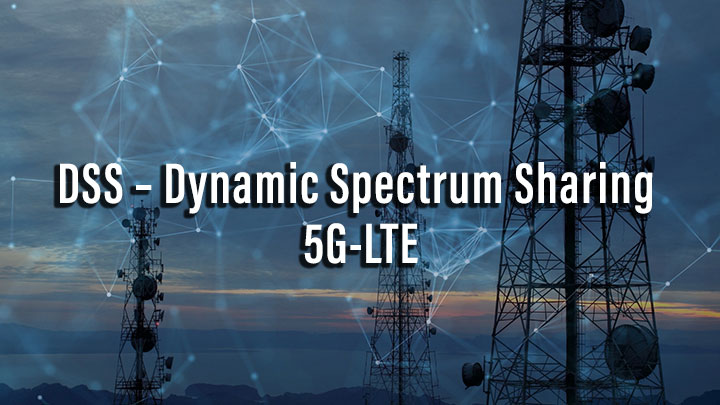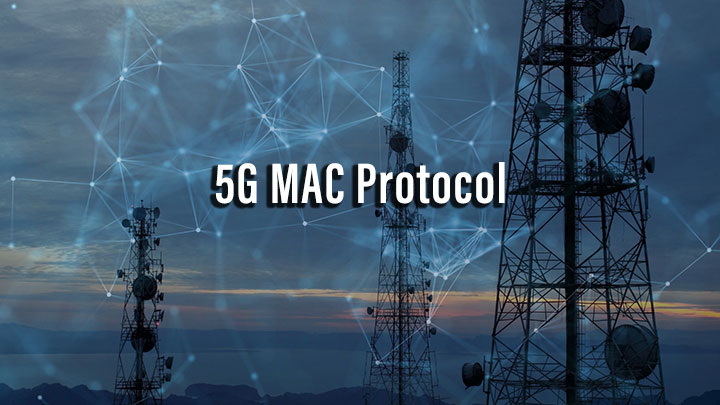5G NR for Emerging Applications: Industry 4.0, URLLC, IoT, and Network Slicing
Find Your Focus The advent of 5G New Radio (NR) technology marks a transformative milestone in the evolution of telecommunications, unlocking unprecedented opportunities for diverse industries and applications. With features like ultra-reliable low-latency communication (URLLC), massive Internet of Things (mIoT), and network slicing, 5G NR is poised to reshape industries such as manufacturing, healthcare, and…

